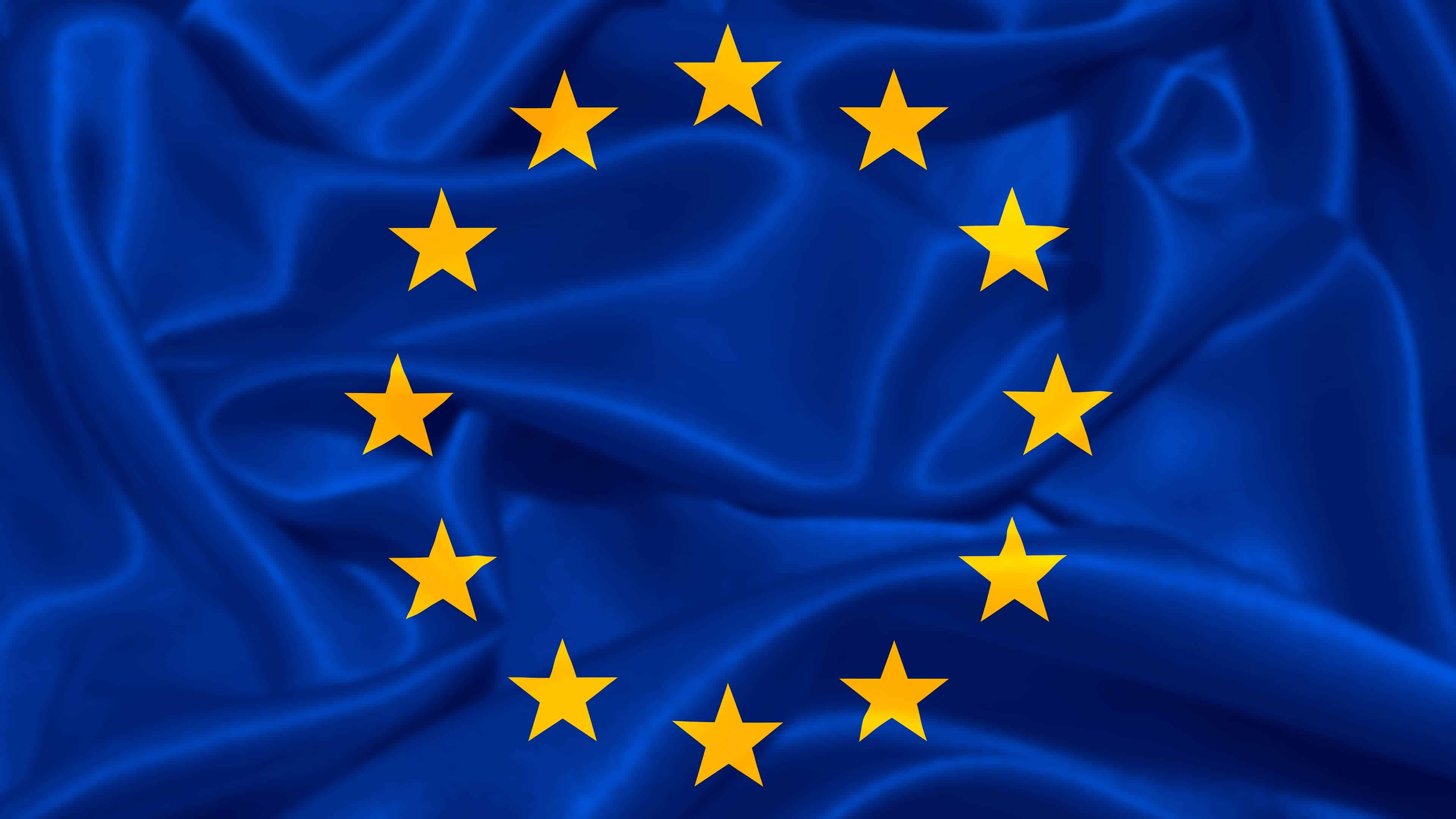- cross-posted to:
- [email protected]
- [email protected]
- cross-posted to:
- [email protected]
- [email protected]
…
A European alliance has emerged with an alternative to tech’s global order.
They call their project OpenEuroLLM. Like DeepSeek, they aim to develop next-generation open-source language models — but their agenda is very different. Their mission: forging European AI that will foster digital leaders and impactful public services across the continent.
To support these objectives, OpenEuroLLM is building a family of high-performing, multilingual large language foundation models. The models will be available for commercial, industrial, and public services.
Over 20 leading European research institutions, companies, and high-performance computing (HPC) centres have enlisted in the the project. Leading their alliance is Jan Hajič, a renowned computational linguist at Charles University, Czechia, and Peter Sarlin, the co-founder of Silo AI, Europe’s largest private AI lab, which was acquired last year by US chipmaker AMD for $665mn.
They’re joined by an array of European tech luminaries. Among them are Aleph Alpha, the leading light of Germany’s AI sector, Finland’s CSC, which hosts one of the world’s most powerful supercomputers., and France’s Lights On, which recently became Europe’s first publicly-traded GenAI company.
…



Amazing!
…But I hope they don’t remain so adversarial. Base deepseek (and Qwen 2.5) is Apache 2.0, like many other open models, and there is no shame is continue pretraining it instead of wasting millions trying to reinvent the wheel. Then you get the benefit of a more compatible tokenizer and existing support in backends, too.
Everything is kinda based on American code from Huggingface anyway. And deepseek (and other Chinese firms) are not hostile to collaboration, in fact they seem to like “having their cake and eating it,” leaving their models relatively “uncensored” under the hood and squeaking by whatever restrictions they’re under.
It’d be awesome if they do something like a bitnet model, or an “alternative attention” hybrid model, but few institutions have taken that financial risk so far.